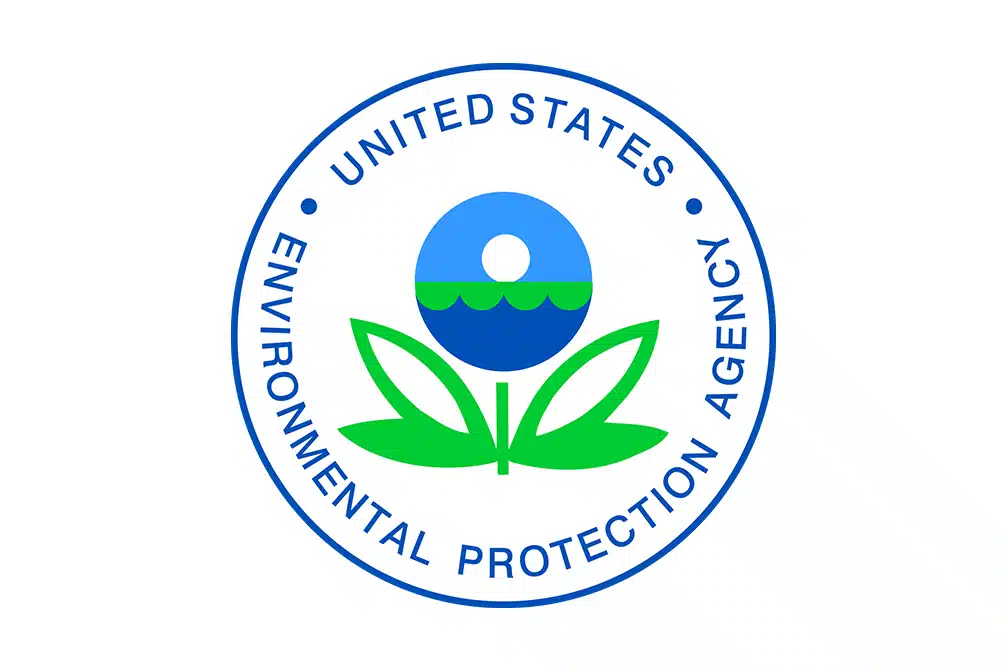In a surprising move, Arrow Truck Sales, a leading provider of pre-owned commercial vehicles, has announced its decision to exit the state of Texas. The company cited
More
May 19, 2024 2:43 pm

The Environmental Protection Agency (EPA), in the United States is a government body for protecting health and the environment by enforcing rules to reduce pollution and environmental hazards. One of its focuses is on addressing air pollution, which’s a significant health concern in various parts of the country. Recently the EPA has been working to emissions from heavy duty trucks that contribute to smog and soot.
Heavy duty trucks play a role in air pollution in the U.S. By releasing substances such as nitrogen oxides (NOx) and particulate matter (PM) which can cause issues and other health problems. To address this issue the EPA has introduced air standards that set limits on emissions from heavy duty trucks.
The new clean air standards announced in July 2021 will impact heavy duty trucks starting from the 2027 model year. These standards aim to reduce emissions that lead to smog and soot from these vehicles. The EPA estimates that these regulations will decrease emissions by 2.4 million tons and PM emissions by 228,000 tons by 2040.
These latest regulations are significant as they represent progress, in addressing climate change. Large trucks are a source of greenhouse gas emissions that contribute to warming and climate variations.
The recent guidelines set by the EPA aim to reduce 43 million tons of CO2 emissions by 2040, which’s equivalent, to taking than 9 million cars off the roads for a year.
These rules apply to heavy duty trucks used in transportation, delivery services and public transit. Manufacturers must now incorporate emissions control technologies such as reduction (SCR) and diesel particulate filters (DPF) to decrease NOx and PM emissions. Additionally they are required to minimize the release of hydrofluorocarbons (HFCs) greenhouse gases commonly used in air conditioning and refrigeration systems.
The EPA worked closely with industry stakeholders while developing these regulations. They organized meetings and consultations involving representatives from various sectors like environmental organizations, industry players and other concerned parties to gather feedback. These standards were shaped by taking input from a group of stakeholders.
The new standards are ambitious prompting some industry groups to express concerns, about the associated costs. For example the American Trucking Associations have suggested that the EPA should provide incentives and financial aid to help trucking companies purchase newer, vehicles. In response the EPA has emphasized that these regulations will result in cost savings by reducing healthcare expenses and other environmental costs related to air pollution.
The latest national clean air regulations, for heavy duty trucks from the EPA are seen as a step in the fight against air pollution and climate change. These rules target reducing emissions that cause smog and soot from heavy duty trucks which’re contributors to air pollution in the United States. Despite being ambitious these standards represent an effort between the EPA and industry players to find a solution for addressing emissions, from heavy duty trucks. Supporters of these regulations argue that they will lead to savings by cutting healthcare costs and other environmental expenses linked to air pollution.
In a surprising move, Arrow Truck Sales, a leading provider of pre-owned commercial vehicles, has announced its decision to exit the state of Texas. The company cited
MoreThe Federal Motor Carrier Safety Administration (FMCSA) clearinghouse was established in January 2020 to provide a central database for employers to access information on commercial motor vehicle
MoreThe California Air Resources Board (CARB) is an organization that works to reduce air pollution and improve air quality in the state of California. In recent years,
MoreDallas, Texas-based owner-operator Willie Flores Jr., whose unique journey began when he stumbled upon a remarkable find in the form
MoreAfter the Bridge collapse in Baltimore on March 26th, the shipping and logistics sectors have presented resilience, particularly in ocean
MoreIn an Effort to Improve Road Safety for All, the FMCSA is Changing the Disqualification Process and Ensure Fair and
MoreThe 44th annual Walcott Truckers Jamboree, held at the renowned Iowa 80 Truckstop from July 13th to 15th, proved to
MoreIn the heartland of America, where the open road stretches for miles and the rumble of diesel engines is a
More